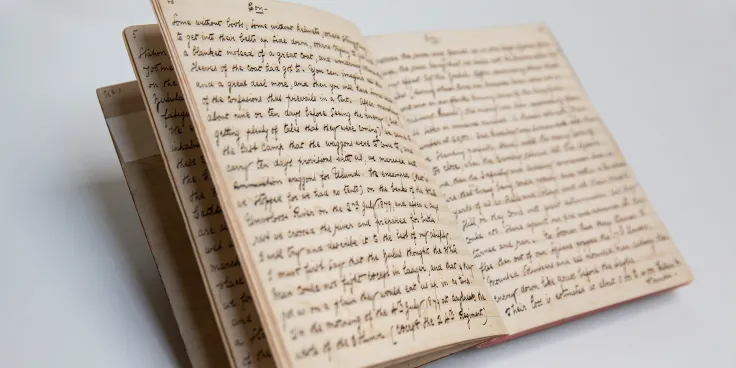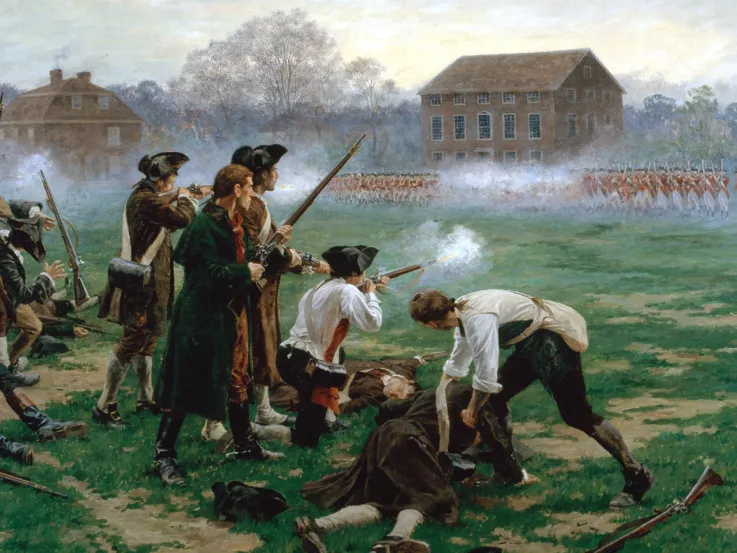Explore

A Soldier's Life
In Their Own Words: Private Matthew Tuck
Matthew Tuck served in South Africa from 1879 to 1881. He fought in both the Zulu War and the Transvaal War, and kept a diary of his experiences during these conflicts.
Explore by theme















